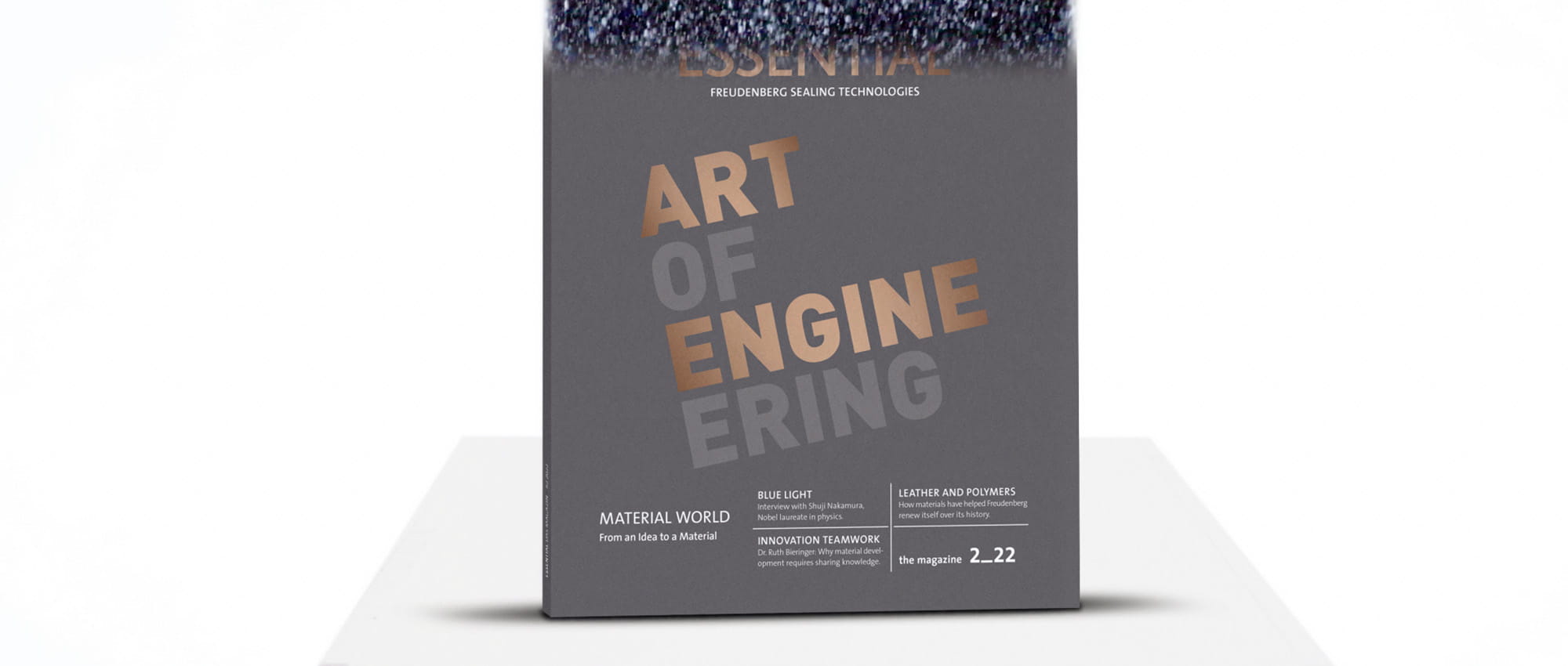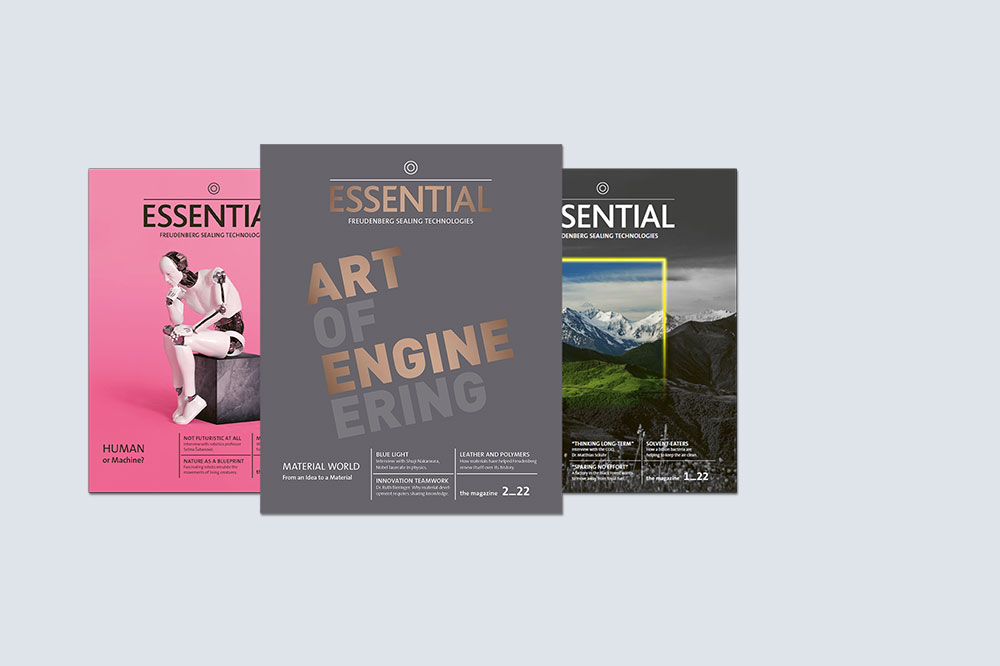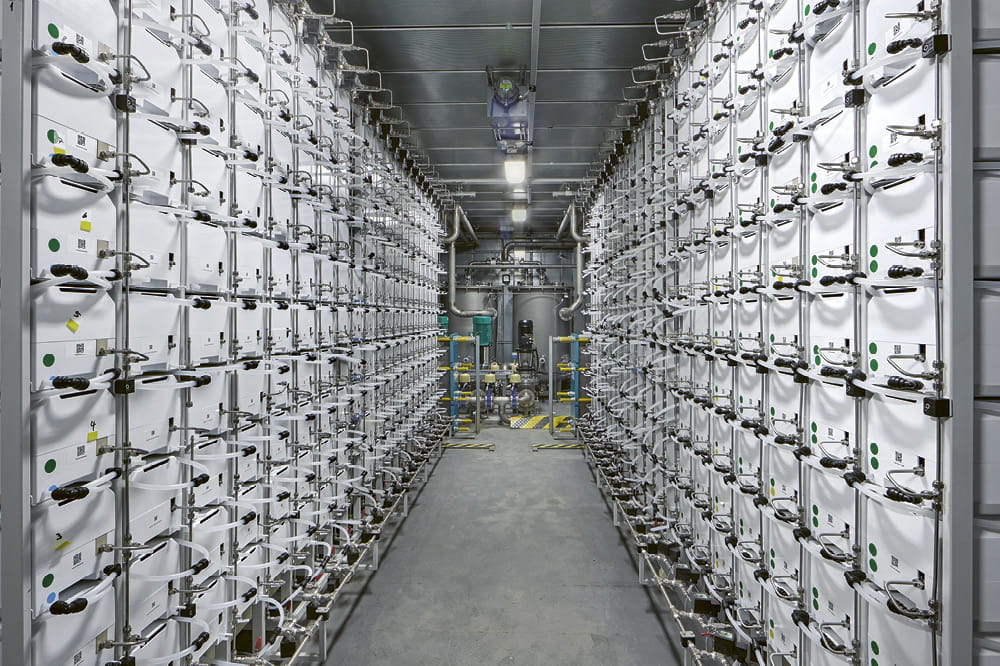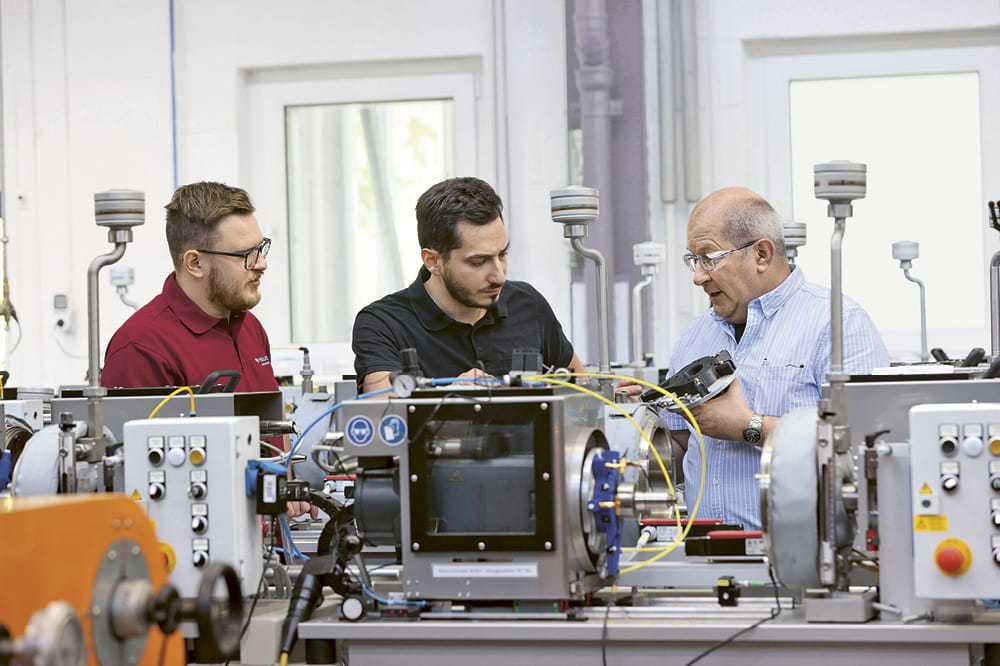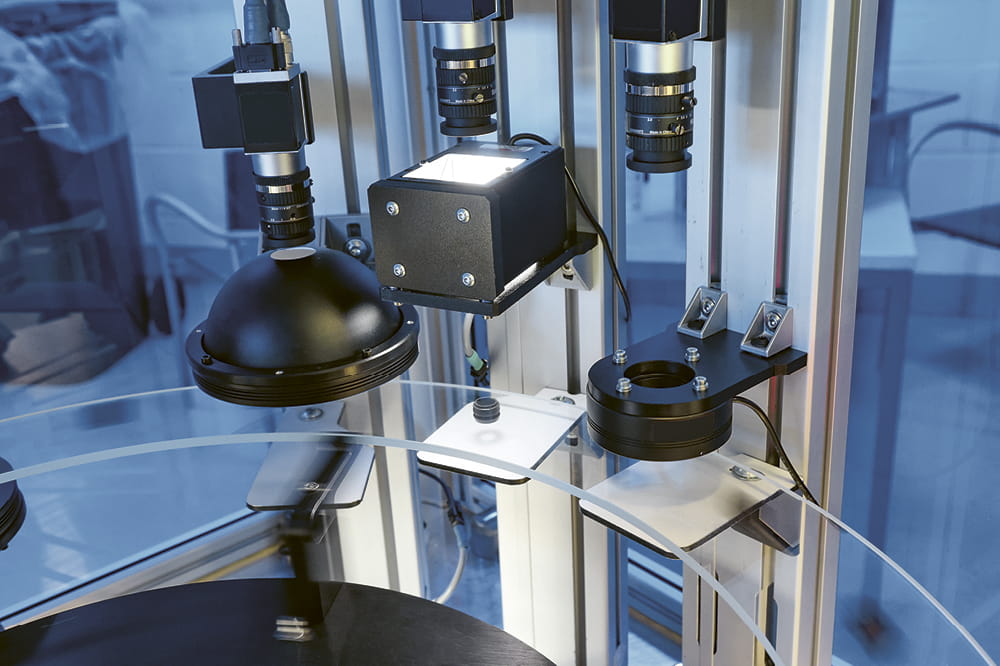Obtain news and background information about sealing technology, get in touch with innovative products – subscribe to the free e-mail newsletter.
18.11.2022 | Story
Material World
Progress has always been associated with new materials. The invention of bronze, ceramics and paper. Of elastomers and polymers. Materials are combined and changed. Others are created. Innovation is the key ingredient in every composite. A spark of genius. An idea. Ingenuity starts in our thoughts. It creates new worlds.
An Essay by Claus Möhlenkamp, Chief Executive Officer, Freudenberg Sealing Technologies
How do you control a gas that, before crystallizing, has an extremely hard time deciding what form to take? The material in question is silicon carbide. When this hard, shiny, metallic material is sufficiently heated, it doesn’t melt — it is transformed into a gas that crystallizes when it comes into contact with a surface. Today the silicon carbide crystals that emerge from it are in high demand for use in semiconductor chips for photovoltaics and electric mobility. A debt is owed to a group of scientists in the 1980s who worked out a way to control the process and, out of 177 possibilities, produce exactly the desired structures.
Quality guarantee: Neodymium, one of the rare earths, is a useful material. In a mixture with the right proportions of iron and boron, it can be used to create the world’s strongest magnets. © iStock: Darryl Fonseka
The history of materials development and research is full of similar examples. It highlights the creativity and determination used to develop material breakthroughs again and again, both in centuries past and today. Researchers alter raw materials, transform their aggregate states, combine them and create composites that have entirely different characteristics than those of their ingredients if a gas is crystallizing. The history of humanity began with the use of raw materials. But it didn’t stop there. We would not have reached today’s level of civilization with stone, iron and wood. Inventive minds produced steel, ceramics and glass. The greatest leaps in civilization were frequently driven by leaps in early materials science: Without the cellulose mixture known as paper, the revolution wrought by the printing of books would have unlikely occurred. Without the mixture of sulfur, charcoal and saltpeter, commonly known as “black powder,” the history of the world would have taken a different course.
Materials progress has always been achieved through trial and error. Not just in today’s era of complex composites, but even dating back to about 4,000 B.C. when copper mining began. This soft metal was only of limited use for tools. But early societies quickly recognized that copper from different deposits could vary in its hardness because it sometimes contained other elements such as arsenic or lead. While lead made copper more malleable, even a small amount of arsenic made the metal significantly harder. It took some time to progress from this insight to the production of the first global alloy – bronze – made from a combination of copper and tin. Bronze made completely new tools and weapons possible.
Inventive minds produced steel, ceramics and glass. The great leaps of civilization have often involved new materials.
Claus Möhlenkamp, Chief Executive Officer, Freudenberg Sealing Technologies
Many composite materials were inadvertently produced by early chemists during experiments that produced unexpected results. The world of atoms was not yet understood. The discovery of polymer chemistry would change this, but its initial acceptance in scientific circles was slow and fraught with doubts. During the 1920s, for example, when Hermann Staudinger proposed that large, long-chained molecules existed, his renowned colleagues accused him of “lubrication chemistry.” Staudinger’s tests were not pure from a chemical standpoint and were, therefore, worthless, Paul Niggli insisted. Macromolecules? “There’s no such thing,” Niggli shouted in the middle of one of Staudinger’s lectures. He was wrong, of course. The age of polymers had begun.
Sources of materials: To get the materials you need, you need to extract them from natural resources. Certain ores can contain molybdenum disulfide, from which molybdenum can be recovered. It is used to make stainless steel and as an ingredient in alloys. © Shutterstock: Oliver Hoffmann
These highlights make one thing clear: A material’s most important ingredient is not found in the mixture itself. It is found in the human capacity to innovate. It is found when the idea to combine or alter ingredients grows into in-depth research that delivers important new materials. And it is found when these new materials are used to develop products capable of solving current and even future global challenges. We are devoting this issue of ESSENTIAL to this wealth of human ingenuity and the resulting, multifaceted world of materials science. We will explore how materials have changed and shaped our world. The issue, aptly named “Material World,” offers an in-depth exploration of many material science topics – and how materials continue to shape and influence our world. We can modestly say we are pleased that our Freudenberg experts have played, and continue to play, a significant role in the understanding and advancement of materials science. Our materials, products and developments encompass elastomers and even move beyond them. We too are convinced that power of innovation and a dash of ingenuity are a very important part of this development. And we are proud of our employees, who personify this very art of engineering.
This article originally appeared in ESSENTIAL, Freudenberg Sealing Technologies’ corporate magazine that covers trends, industries and new ideas.
ESSENTIAL – the Magazine
Don’t Miss a Trend
Smart sealing solutions for nearly every sector, technology trends and exclusive interviews – Find them in our company magazine ESSENTIAL with a print subscription and digitally.
More news on the subject Technology & Innovation

Join Us!
Experience Freudenberg Sealing Technologies, its products and service offerings in text and videos, network with colleagues and stakeholders, and make valuable business contacts.
Connect on LinkedIn! open_in_new